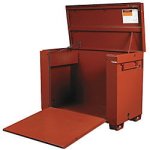www.recumbents.com
10 kW
So lets assume you are planning for the eventuality that a LIPO battery may eventually go thermal and create a large amount of toxic smoke and some flames. If you have a jet airliner, you can just vent it out a nice titanium tube to the atmosphere. If on the other hand, the batteries are not able to be vented outside (and yes I am taking about the bike with lipo batteries in my garage!), how do I make a filter to trap the flames and fumes and vent the residual gases into the living space? All the filter material I can think of will burn. (plastic, steel wool, paper, etc). Ideas?
-Warren.
-Warren.




